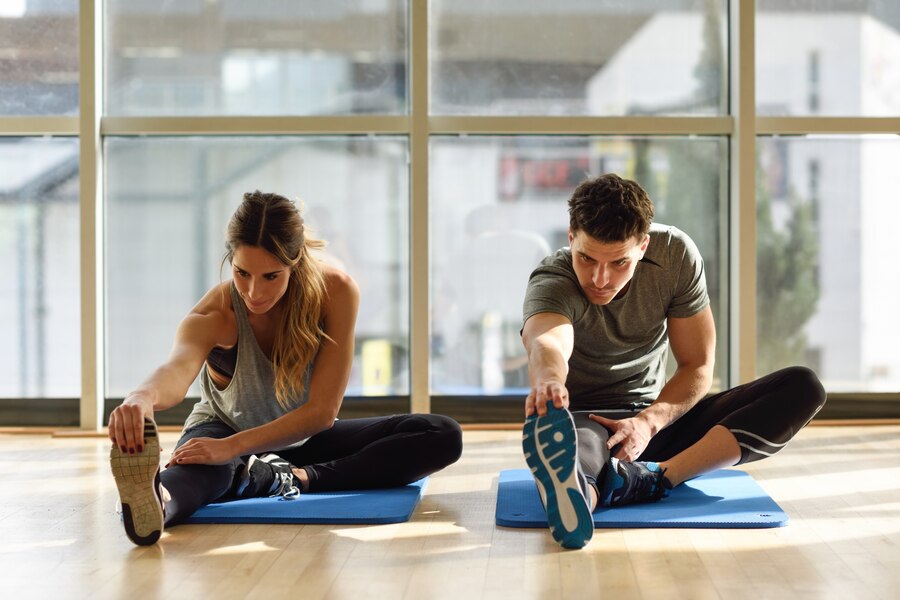Welcome to the ultimate guide to enhancing your flexibility through a well-crafted stretching routine. Flexibility is not just reserved for gymnasts or contortionists; it’s a vital component of fitness for everyone. Whether you’re a seasoned athlete or just starting your fitness journey, incorporating a structured stretching routine can significantly improve your range of motion, reduce the risk of injuries, and enhance overall performance.
Contents
The Importance of Flexibility
Flexibility plays a crucial role in maintaining good posture, preventing muscle imbalances, and optimizing muscle function. By incorporating a regular stretching routine into your fitness regimen, you can increase your joint mobility, allowing for better movement patterns during exercise and daily activities. Moreover, flexibility contributes to better athletic performance by enabling muscles to generate more power and strength through a full range of motion.
Dynamic Warm-Up
Before diving into static stretches, it’s essential to prepare your muscles with a dynamic warm-up. Dynamic stretches involve moving through a range of motion, activating muscles, and increasing blood flow to the tissues. Start with movements such as leg swings, arm circles, and hip rotations to loosen up the muscles and joints. A dynamic warm-up primes your body for exercise, enhancing performance and reducing the risk of injury.
Key Static Stretches
- Hamstring Stretch: Sit on the floor with one leg extended and the other bent. Reach towards your toes, keeping your back straight. Hold for 30 seconds and switch sides. Repeat this stretch two to three times on each leg to improve hamstring flexibility, which is crucial for activities like running and jumping.
- Quadriceps Stretch: Stand tall and grab one foot behind you, bringing it towards your glutes. Hold onto a wall or chair for balance if needed. Hold for 30 seconds and switch sides. This stretch targets the quadriceps, a group of muscles essential for activities like squatting and cycling.
- Chest Opener: Interlace your fingers behind your back and straighten your arms, lifting them away from your body. Feel the stretch across your chest and shoulders. Hold for 30 seconds. This stretch counteracts the forward hunching posture often seen in desk-bound individuals and athletes who perform repetitive upper body movements.
- Calf Stretch: Stand facing a wall with one foot forward and one foot back. Lean forward, keeping your back heel on the ground, until you feel a stretch in your calf. Hold for 30 seconds and switch sides. Calf flexibility is essential for activities like walking, running, and jumping, and this stretch helps prevent injuries such as calf strains.
Incorporating Flexibility Into Your Routine
To reap the benefits of improved flexibility, aim to incorporate stretching routines into your workout schedule at least three times per week. You can also incorporate stretches into your cooldown routine post-workout to aid in muscle recovery and relaxation. Additionally, consider integrating yoga or Pilates classes into your routine, as these activities focus on flexibility, strength, and balance, offering a holistic approach to fitness.
Incorporating a well-rounded stretching routine into your fitness regimen is key to improving flexibility, enhancing performance, and reducing the risk of injuries. By dedicating time to stretch regularly, you’ll not only feel better during your workouts but also in your everyday life. Remember, consistency is key, so make stretching a priority in your fitness journey.

